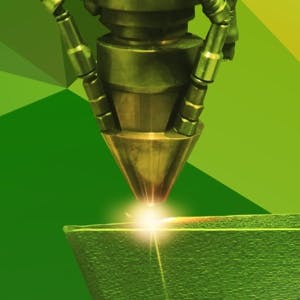- Home
- All updates
- EDGE Insights
- Industries
- Company Search
- My Watchlists (Beta)
All Updates
atum3D license hybrid SLA and DLP additive manufacturing technology
CEAD unveils 'Flexcube' large-format 3D printer at Formnext 2024
DyeMansion launches three new 3D printing post-processing solutions
EOS launches P3 NEXT selective laser sintering printer
Dyndrite partners with Nikon SLM Solutions to enhance metal 3D printing capabilities
Prusa Research launches Core One 3D printer
WAAM3D launches large-format metal 3D printer RoboWAAM XP
Equispheres partners with 3D Systems to supply aluminum powder for metal 3D printing
Voxeljet partners with FKM Sintertechnik to expand HSS polymer 3D printing network
Carbon launches EPU Pro platform for 3D printing
Optomec and Siemens launch metal repair manufacturing solution

Additive Manufacturing
atum3D license hybrid SLA and DLP additive manufacturing technology
-
atum3D, a seller of 3D printers and related products based in the Netherlands, announced that it has licensed a hybrid of stereolithography (SLA) and digital light processing (DLP) technologies in agreement with the University of Amsterdam (UVA).
-
The hybrid technology combines photo and stereolithography that enables printing high-resolution parts at scale. According to the researchers at UVA, currently, companies either focus on high-resolution or high-speed with only a few offering both.
-
Once commercialized, the technology is expected to be used for medical applications, like creating tissue scaffolds and microfluidic devices for clinical research purposes.
-
Analyst QuickTake : The inability to mass-produce parts is currently perceived as a drawback of additive manufacturing technology. Companies operating in the space have been coming up with new technologies that improve the speed of printing to accommodate mass production. For example, AM company Roboze developed a new beltless system to increase the production speed and repeatability of printed parts. Another company, NUBURU , is in the process of developing blue laser technology that could improve print speed by 100x.
Contact us
By using this site, you agree to allow SPEEDA Edge and our partners to use cookies for analytics and personalization. Visit our privacy policy for more information about our data collection practices.